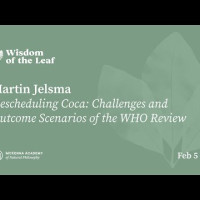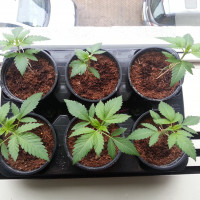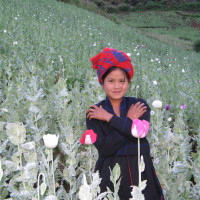Coca Leaf
Topic category
Drugs and Democracy
The coca leaf has been chewed and brewed for tea for centuries in the Andean region – and does not cause any harm and is probably beneficial to human health. Yet the leaf is treated as if it is comparable to cocaine or heroin. The inclusion of the coca leaf in the list of narcotic drugs raises questions about the logic behind the current system of classification under the UN conventions. TNI believes we can find a more culturally sensitive approach to plants with psychoactive or mildly stimulant properties, and should distinguish more between problematic, recreational and traditional uses of psychoactive substances.
Más reciente
-
Coca Chronicles Issue #3 : A Conversation on Coca with Wade Davis
Fecha de publicación:
Presentado
-
The UN Coca Leaf Review and Indigenous Peoples’ Rights: Can the WHO Meet the Moment? Coca Chronicles #5
Fecha de publicación: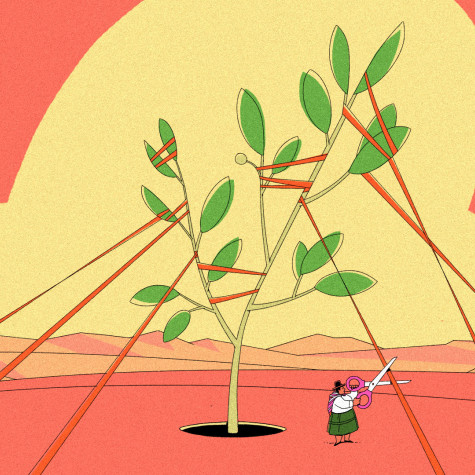
-
Descheduling Coca: Challenges and Outcome Scenarios of the WHO Review
Fecha de publicación: -
WHO Critical Review of Coca Leaf A Comprehensive Overview
Fecha de publicación:
-
Coca leaf: Myths and Reality : A beginner's guide to Coca
Fecha de publicación:
Key documents
-
Coca leaf: Myths and Reality A beginner's guide to Coca
Fecha de publicación: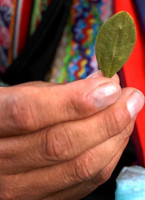
-
Coca Myths
Fecha de publicación: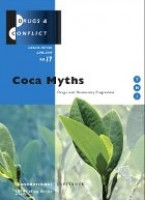
-
Fact Sheet: Coca leaf and the UN Drugs Conventions
Fecha de publicación: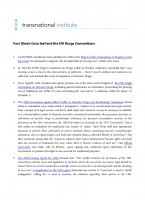
Coca Chronicles: Monitoring the UN Coca Review
-
Coca Chronicles: Monitoring the UN Coca Review Issue #1: Bolivia Challenges UN Coca Leaf Ban
Fecha de publicación: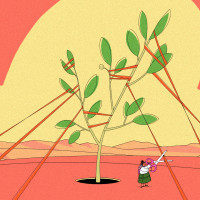
-
Coca Chronicles: Monitoring the UN Coca Review Issue #2: Coca Leaf Progress at the UN Commission on Narcotic Drugs
Fecha de publicación:
-
Coca Chronicles Issue #3 A Conversation on Coca with Wade Davis
Fecha de publicación: -
Conflicted over Coca Issue #4: Andean-Amazonian Indigenous Peoples see promise and peril in lifting coca ban
Fecha de publicación:
-
The UN Coca Leaf Review and Indigenous Peoples’ Rights: Can the WHO Meet the Moment? Coca Chronicles #5
Fecha de publicación:
Experts
-
Martin Jelsma Programme Director Drugs & Democracy

-
Pien Metaal Senior Project Officer

